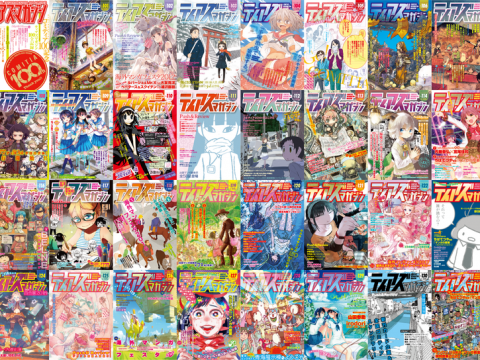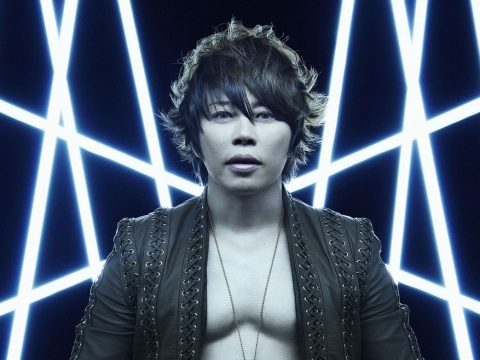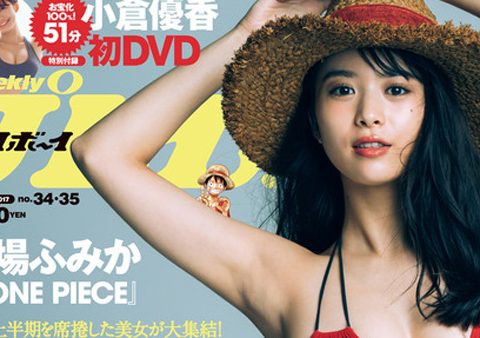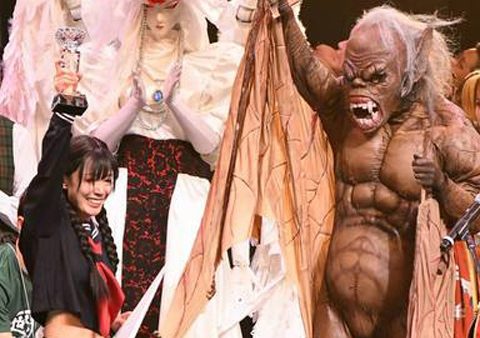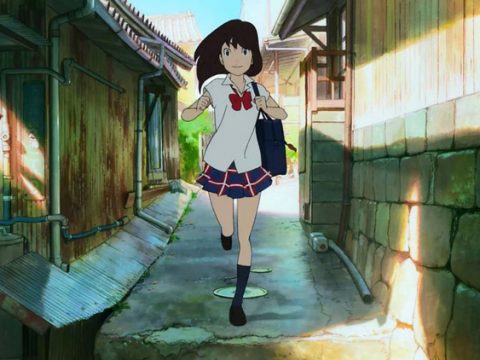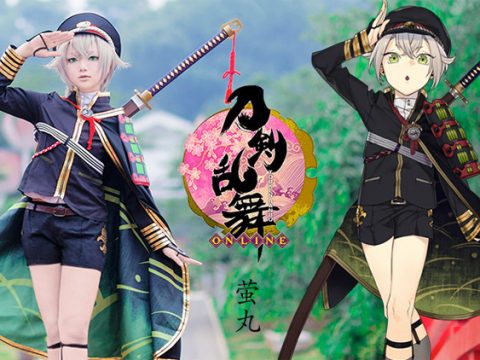 Despite all the hype and international press Comiket gets, the summer Japanese con season does not start nor end with Comic Market. A week later in the same venue thousands gathered to participate in a comic convention that had much greater relevance to the world of comics. Comitia is Japan’s largest independent and original comic convention. Now in its 85th edition, the seasonal one-day event has become the premiere dousing convention for finding the best in indie comic talent and a favorite place for publishers to scout and review talent.
Despite all the hype and international press Comiket gets, the summer Japanese con season does not start nor end with Comic Market. A week later in the same venue thousands gathered to participate in a comic convention that had much greater relevance to the world of comics. Comitia is Japan’s largest independent and original comic convention. Now in its 85th edition, the seasonal one-day event has become the premiere dousing convention for finding the best in indie comic talent and a favorite place for publishers to scout and review talent.
The 85th Comitia took place in Ariake’s Tokyo Big Sight on August 23rd, in the middle of a downpour. A little rain was not enough to discourage 3000 artists and a number of the biggest publishers from making the trip to Tokyo Bay. Known as the comic lovers con, Comitia is unique in the world of doujinshi as all of the doujin sold are original concepts. The parodies that dominate 99% of doujin events, including Comiket, were left to the character fans and the fetish freaks. This con was for the comic makers, the character designers, the editors and the manga specialists that seem to go out of their way to find sequential art at its purest. There are no video game makers or light novel publishers pushing their wares with booth babes and voice actresses. Cosplay is limited to the few mangaka that have close friends brave enough to stand behind the sales table in a maid outfit or vintage military uniform.
Demographics are huge in manga and the doujin world takes the element of marketing and distribution to an almost Meta level. All genre doujin events break down floor space by genre, target readership – for men or women, age level, fetish, title parodied, main character in the doujin and their romance interest (if applicable).  Comitia keeps their layout simple. The two large pavilions on the fourth floor in the Big Sight’s West Hall were arranged with aisles of simple folding tables where circles would set up shop. Professional and amateur artists stood side by side sharing tables, two circles to a table in most cases, ready to meet, greet and sell their crafts to their fans. Aisles were broken down simply by genre – sci-fi, fantasy, pets, travel, illustration books, gag comedy, shoujo, shounen, seinen, boys love and ero manga.
Comitia keeps their layout simple. The two large pavilions on the fourth floor in the Big Sight’s West Hall were arranged with aisles of simple folding tables where circles would set up shop. Professional and amateur artists stood side by side sharing tables, two circles to a table in most cases, ready to meet, greet and sell their crafts to their fans. Aisles were broken down simply by genre – sci-fi, fantasy, pets, travel, illustration books, gag comedy, shoujo, shounen, seinen, boys love and ero manga.
The only deviations are the major pros and the industry tables that wrap around the extremes of the pavilions. These tables feature some of the hottest names of the comics/design world — Range Murata (Last Exile, ROBOT), MOOK (Koromu-chan, Toranoana) TARGO (Hentai Seminar), Yonekura Kengo (Pink Sniper), and Hamamoto Ryuusuke (Petit Eva). They are accompanied by editors from Shogakukan’s Ikki, Kodansha’s KISS, Tokuma Shoten’s Comic Ryu, Gentosha’s Birz, Ichijinsha’s REX, Media Factory’s Comic ALIVE, Square Enix’s GFantasy, and American publisher Digital Manga Books.
Unique to this event is the relationship the con has with the industry. Publishers have always made up a strong base for the event. They have supported its producers and artists by providing opportunities for getting into the business. This relationship has resulted in a general trend of high quality art by the participants of the event. The comics sold at Comitia are eerily similar to the series readers will find in a magazine. As one manga agent told me at the event, “art production levels are at professional levels here throughout the convention.•bCrLf Story-telling and character development is not quite there yet for the majority of artists there. That is where the industry comes in. Editors scout for talent looking for the best that fit their publication demands. Some magazines like REX, ALIVE and GFa ntasy might be content with artists that can render existing character designs and stories into a short but to the point media mix series. An artist capable of working with other artist’s work would suffice under these circumstances. A major publication like Kodansha’s KISS (known for its best-sellers Nodame Cantabile, Hotaru no Hikari, Tokyo ALICE, and Kiss and Never Cry) not only needs great artistic talents, but strong writers that can work with their editors to continue to step up their work for feature length series.
ntasy might be content with artists that can render existing character designs and stories into a short but to the point media mix series. An artist capable of working with other artist’s work would suffice under these circumstances. A major publication like Kodansha’s KISS (known for its best-sellers Nodame Cantabile, Hotaru no Hikari, Tokyo ALICE, and Kiss and Never Cry) not only needs great artistic talents, but strong writers that can work with their editors to continue to step up their work for feature length series.
This year a new feature was introduced to the event. International artists were invited to sell their own comics at the event. As many of the comics sold at the show look more like western indie comics than published manga, the venue worked perfectly, though language and layout barriers might be a little tough to overcome for readers not familiar with foreign comics.
As a doujin convention, Comitia is far from standard. The industry is rarely so hands on at other comic events in Japan. The percentage of prominent and new professional talent is higher than at most events. And where else could you actually casually read a doujinshi without having a few thousand otaku bum-rushing you• Comitia, please never change. I’ll see you this winter!


